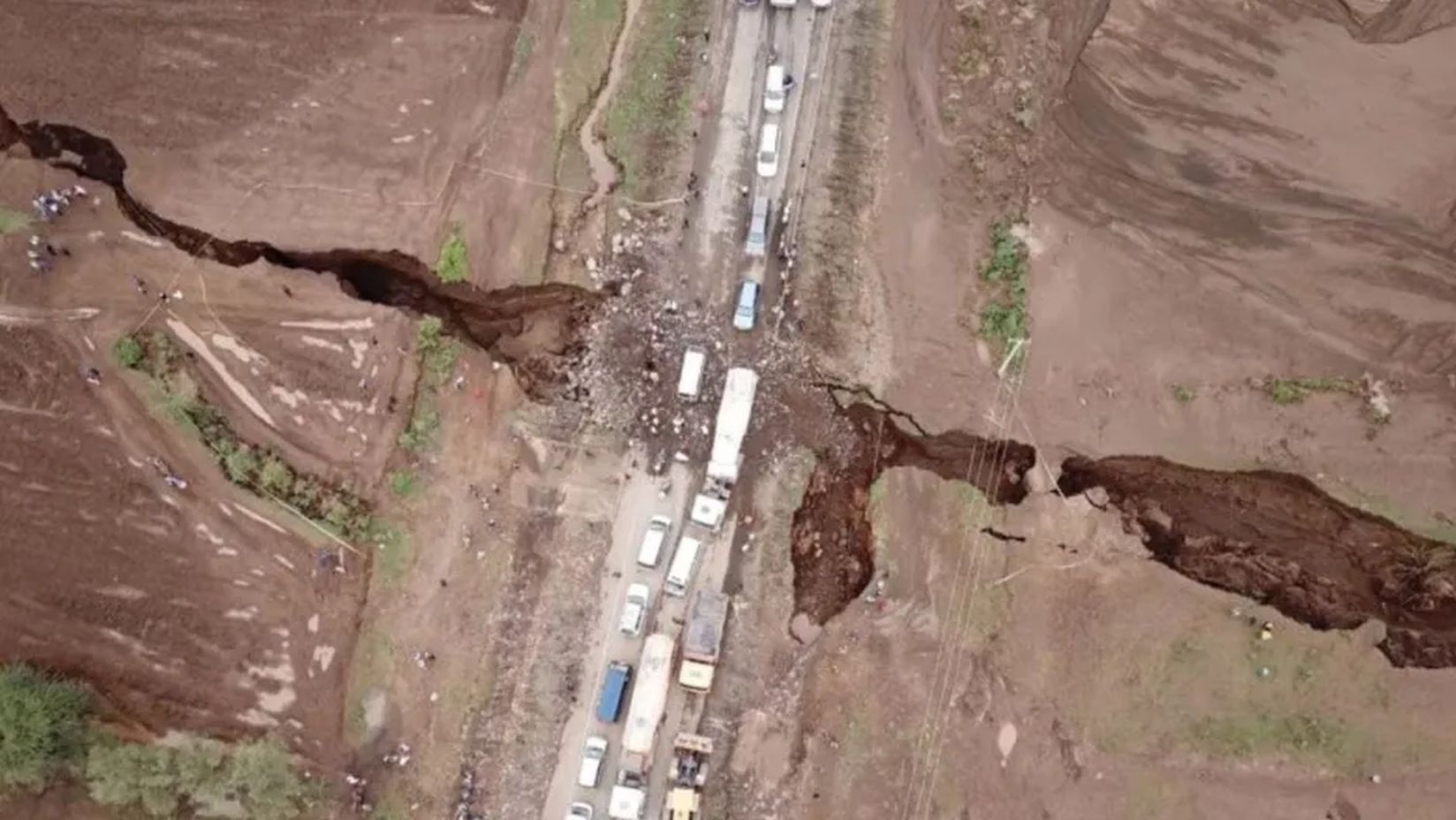Tectonic Forces Poised to Reshape Africa’s Future Landscape

Currently, Africa is undergoing geological activities that might ultimately cause the Somali Peninsula to detach from the mainland. Experts forecast that, far into the future, this region could turn into an island. Such changes stem from strong tectonic pressures under the planet’s crust. Nonetheless, evidence of these transformations will manifest itself only after millions of years have passed.
Experts in geology state that Africa is continuously experiencing tectonic movements. These ongoing transformations could potentially turn the Somali Peninsula into an independent island over time. Examination of the continent’s topographical map highlights the vast rift valleys, akin to massive cracks in the earth's surface.
Dynamics of the Horn of Africa Region
Despite the lack of major earthquakes or volcanic activity, substantial alterations and extensive tectonic shifts are happening beneath the Earth’s crust. Though these transformations cannot be detected at present, they will result in the formation of an additional marine region after millions of years.
Read also:
Papal speculation: African cardinal rises as leading contender for pope
The African Rift Zone features two major fractures in the Earth’s crust. One extends through Ethiopia and Kenya, whereas the other curves from Uganda down to Malawi. Despite the relatively low visibility of seismic events in this region, cracks and earthquakes predominantly happen at angles to the primary rift line, potentially suggesting shifts in its position.
Read also:
Somalia strengthens its defences with Turkish helicopters to counter insurgent threats.
The most recent computer models, informed by satellite observations, verify that the extensional forces within Africa remain ongoing. Processes happening in the asthenosphere—an area roughly 100 kilometres deep situated at the top of the Earth’s mantle—are causing alterations in the landscape. This leads to substantial stresses building up in the lithosphere, which varies between around 10 to 100 kilometres in depth. Once these stress levels peak, seismic activities such as earthquakes and surface fractures occur. Alongside this, the north-easterly flow of materials beneath the Earth continues to sculpt the geological structure of the continent, shaping its evolution over time.
The shaping of the Earth's surface is primarily due to the motion of tectonic plates, which form a crucial component of the planet’s outer layer. This phenomenon, referred to as plate tectonics, depends on various essential processes.
- Continental Drift Continental plates rest on a semi-fluid layer known as the asthenosphere. The motion of these plates is driven by convection currents within the Earth’s mantle; here, warm material ascends, cools down, and then descends, producing the impetus needed for plate displacement.
- Mid-Ocean Ridges Regions where fresh oceanic plates come into existence through magma, causing them to spread apart at these ridges.
- Subduction This process involves one tectonic plate being thrust under another and into the Earth's mantle, leading to melting. Its impacts can result in mountain building, volcanic activity, and seismic events.
- Transform Boundary Plates slide past one another at transform faults, which leads to the buildup of stress and releases energy as earthquakes.
Read also:
Scientists caution about potential worldwide epidemic threat from yellow fever
These ongoing processes lead to continual alterations in the form and position of continents across the Earth's surface, effects that endure for millions of years.
Read also:
Africa's fragmented future: The gradual emergence of a seventh continent
Ancient Ice-Free Past of Greenland Revealed: Discoveries Show Lush Tundra Landscape
Unforeseen geological enigmas hidden under the Pacific revealed
Post a Comment for "Tectonic Forces Poised to Reshape Africa’s Future Landscape"
Post a Comment